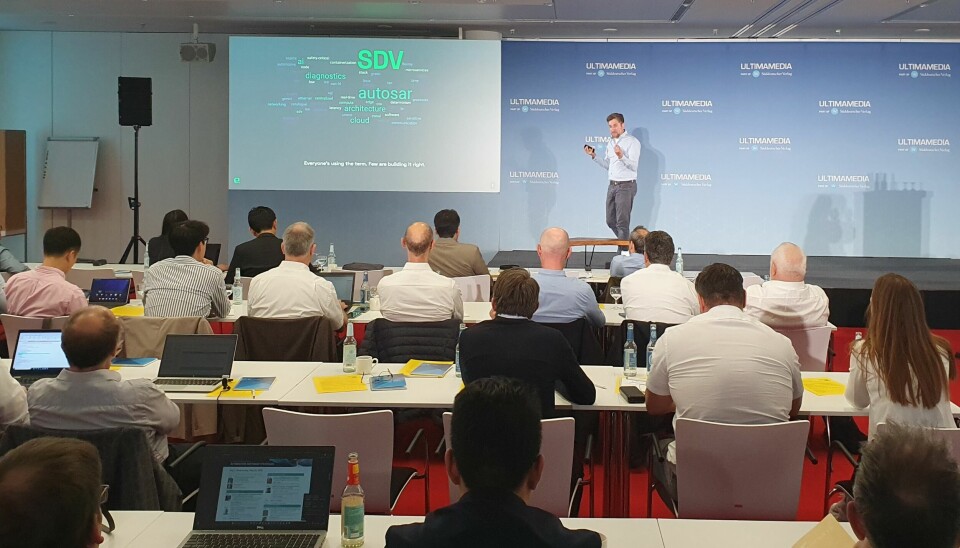Interview with Dr. Stefan Nürnberger, Co-Founder & CEO, Veecle
“Today's vehicles are like patchwork collages”

Co-Founder & CEO of Veecle and one of the speakers on Day 1 of the Automotive Software Strategies Conference in Munich: Dr Stefan Nürnberger. In the context of the event, we asked him three questions about Rust as a foundation for secure, scalable, and future-proof SDV development.
Dr Nürnberger’s work focuses on bringing modern software thinking into the automotive world. Before starting Veecle, he was a professor for Automotive Cybersecurity at the Helmholtz Center. Earlier, he led a research group at the German Research Center for Artificial Intelligence (DFKI), where he and his team recreated entire vehicle systems in the lab by extracting and analysing the software from real car components.
At the Automotive Software Strategies Conference, he challenged the industry’s reliance on outdated code foundations. In his talk, Beyond ‘Good Enough’: The Untapped Power of Real Software Foundations for SDVs, he outlined how Rust is reshaping the way software is developed across ECUs.
ADT: Why do you see Rust as the foundation for future-proof SDV development?
Dr Nürnberger: Because it solves problems that C and C++ introduced decades ago—and that the automotive industry is still suffering from today. In vehicles, a single memory bug can lead to a security vulnerability or a crash. Rust eliminates entire classes of those bugs at compile time. But beyond safety, Rust also makes large-scale software development more manageable. It brings modern development practices—like strict interfaces, safe concurrency, and package management—into a world that’s still stuck in hand-written C code. That’s essential if you want to build vehicle software that can scale across teams, ECUs, and over-the-air updates.
What are the security and maintainability benefits you've observed with Rust across ECUs?
Rust helps prevent many of the most dangerous bugs in vehicle software—like crashes or security issues caused by memory errors. But we didn’t stop there. We adapted Rust for the special needs of cars, where safety and real-time behaviour matter. Our system avoids the usual traps of traditional code—like locks or fragile timing tricks—by using a modern, more reliable approach to how software runs in the background. This makes our software not only safer but also faster and more predictable. And when it comes to maintenance: carmakers often struggle with code that’s been automatically generated by legacy tools—it’s hard to read and nearly impossible to update without breaking something. Our system is different. It generates code that both machines and humans can understand, making it easier to improve, test, and reuse. That’s a big deal when vehicles stay on the road for over a decade.
How does Veecle’s tooling enable flexible software architectures in today’s fragmented environments?
Today's vehicles are like patchwork collages — dozens of electronic units, all using different chips, software and suppliers. It’s difficult for developers to create consistent products in such a complex environment. Veecle solves this problem. With our tool, developers can describe the software layout for the entire vehicle in one place. Our system then automatically generates the correct code for each unit, whether it's an embedded safety controller or a high-performance non-safety computer. They don’t have to worry about the differences under the bonnet. Even better, our system is designed to grow. Developers can write modular software that works across different types of hardware and update it later without having to start from scratch. This will be critical for future vehicles, where new features and updates will be introduced long after the car leaves the factory.
